At Tutela Prep, we specialize in comprehensive SAT preparation, guiding students from their very first diagnostic test to their final SAT attempt. Our program is designed around the latest College Board digital SAT guidelines and focuses on achieving measurable score improvements, with a strong track record of students achieving their target score, admits to Ivy League universities, and top global institutions.
Specialized in one-on-one personalized sessions led by expert SAT tutors with years of proven success.
92% of Tutela students' SAT scores increased, ranging from 200 to 500 points, with the maximum recorded score jump being 540 points.
Our program is structured to prepare students for both their first and second official SAT attempts, ensuring maximum growth and improvement.
Exclusive access to 50,000+ practice questions across courses based on official past SAT papers resources.
Students and Parents receive real-time updates through Tutela Connect and dedicated groups with Academic Heads and Teachers to ensure the right resolution to queries.
Tutela’s SAT program is designed to balance concept understanding, test-taking strategy, and exam stamina. The SAT Prep is fully digital and adaptive to students’ performance. The curriculum is aligned with the College Board’s latest updates about the Digital SAT Suite:
| Feature | Tutela | Other SAT Programs |
|---|---|---|
| Class Size | Individual Private Classes with focused attention | 15–30 students, diluted attention |
| Faculty | Experts with 90%+ success in improving scores | Freelancers/college students |
| Approach | Customized learning plans for strengths & gaps | One-size-fits-all syllabus |
| Course Flexibility | Fully adaptable to pace & needs | Rigid lesson plans |
| Results | Global toppers, 1500+ scorers | Average national-level results |
| Technology | AI-powered diagnostics, progress maps, analytics | Basic score reports |
| Parent Involvement | Transparent reports and strategy calls | Minimal or no updates |
| Global Reach | Students from 20+ countries | Limited local presence |




Adithyan Diwakar
SAT: 1600 / 1600

Aarav Goel
SAT: 1600 / 1600

Pranet Khetan
SAT: 1600 / 1600

Romir Kumar
SAT: 1600 / 1600
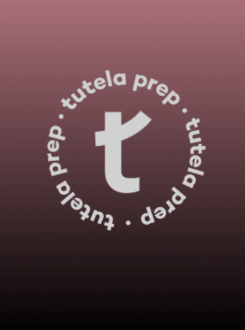
Aakarshan Rai
SAT: 1590 / 1600

Aksh Agarwal
SAT: 1590 / 1600

Uma Geismar
SAT: 1590 / 1600

Param Davda
SAT: 1590 / 1600

Aaraynaa Lohia
SAT: 1590 / 1600
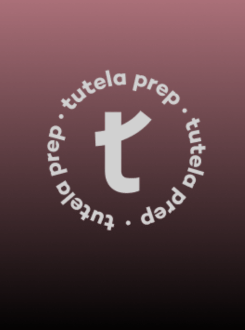
Tejas Singh
SAT: 1590 / 1600

Pragun Sharma
SAT: 1590 / 1600
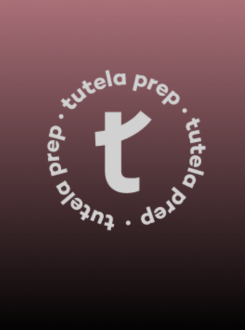
Ansh Saraf
SAT: 1580 / 1600

Namya Kathuria
SAT: 1580 / 1600

Navya Goenka
SAT: 1580 / 1600

Anvi Goel
SAT: 1580 / 1600

Sinchana
SAT: 1570 / 1600
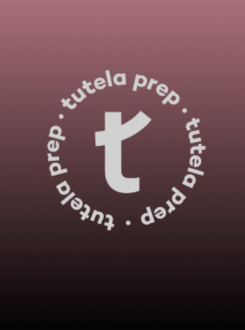
Mriya
SAT: 1570 / 1600
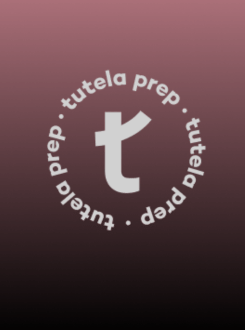
Myrah Madhok
SAT: 1570 / 1600
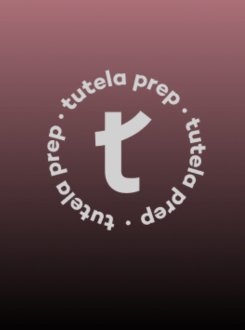
Akhil Bondalapati
SAT: 1570 / 1600

Umang Sharma
SAT: 1570 / 1600

Adit Sehgal
SAT: 1570 / 1600

Suhani Prakash
SAT: 1570 / 1600
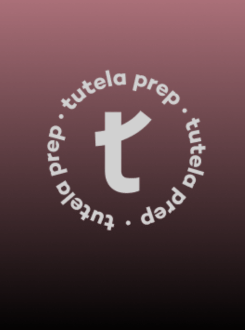
Aarav Srivastav
SAT: 1570 / 1600

Shivansh Aggarwal
SAT: 1570 / 1600
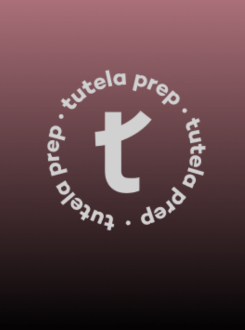
Aahana Bhola
SAT: 1570 / 1600

Suhaani Sriram
SAT: 1570 / 1600

Arnav Pandit
SAT: 1570 / 1600
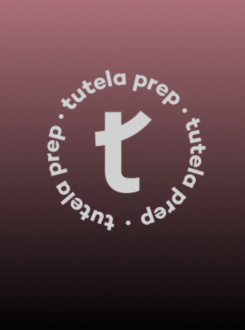
Shiven Deveshwar
SAT: 1560 / 1600
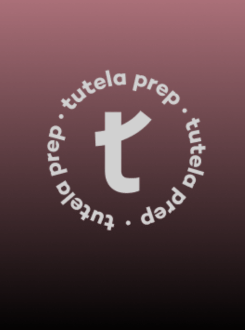
Aayra Dhindsa
SAT: 1560 / 1600
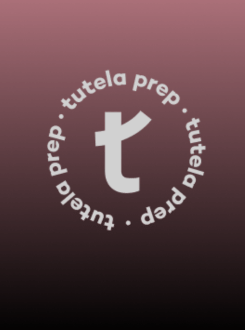
Amyra Pasricha
SAT: 1560 / 1600
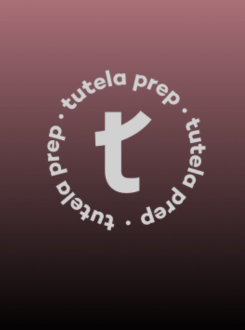
Mahi
SAT: 1560 / 1600

Samvit Govindani
SAT: 1560 / 1600
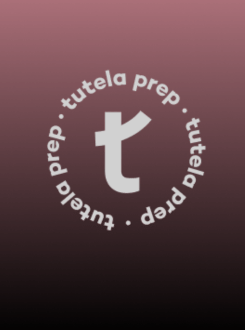
Rohan Danda
SAT: 1560 / 1600
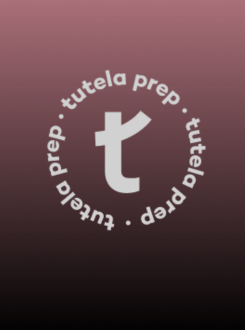
Jason Romero
SAT: 1560 / 1600
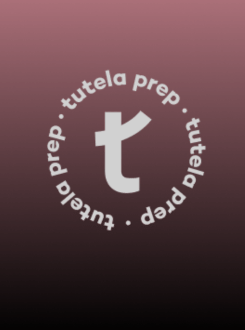
Diya Samit
SAT: 1560 / 1600
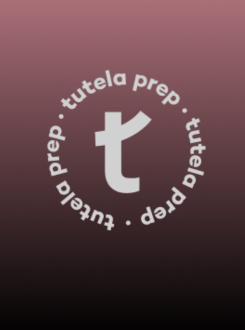
Kashvi Kumar
SAT: 1560 / 1600
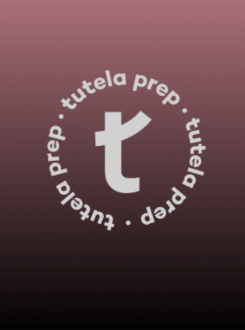
Sarim Khan
SAT: 1560 / 1600

Jayesha Sharma
SAT: 1560 / 1600
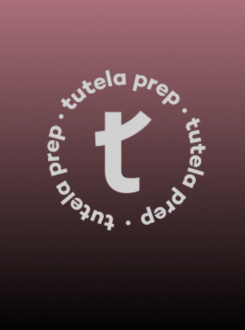
Ayush Jain
SAT: 1560 / 1600
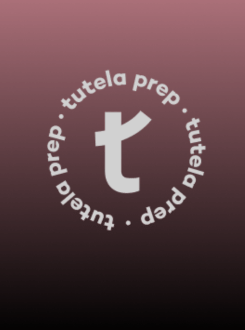
Jinwoo Jung
SAT: 1560 / 1600

Aanya Bhola
SAT: 1560 / 1600

Sidharth Roy
SAT: 1560 / 1600

Saraa Kumar
SAT: 1560 / 1600

Anhiti Mandal
SAT: 1560 / 1600

Saumya Chaudhary
SAT: 1560 / 1600
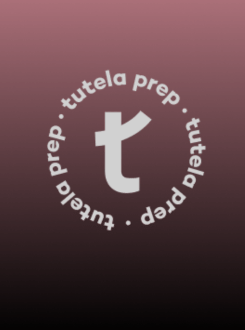
Deepshikha Sharma
SAT: 1560 / 1600

Shresht Bhat
SAT: 1560 / 1600
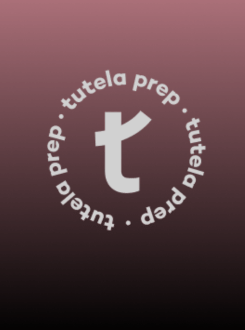
Darsh Puri
SAT: 1560 / 1600
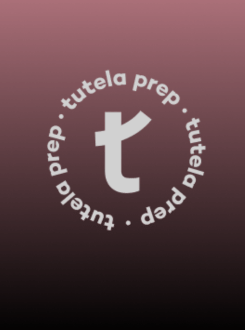
Yoana gupta
SAT: 1550 / 1600
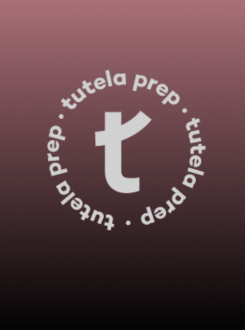
Amritraj Lamba
SAT: 1550 / 1600

Jacob Liu
SAT: 1550 / 1600
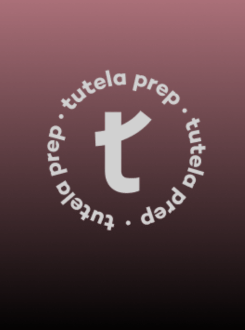
Anoushka Jolly
SAT: 1550 / 1600

Adit Amit Kumar
SAT: 1550 / 1600
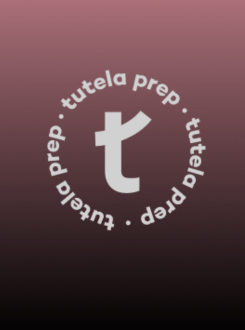
Kavya Modi
SAT: 1550 / 1600

Navya Agarwal
SAT: 1550 / 1600
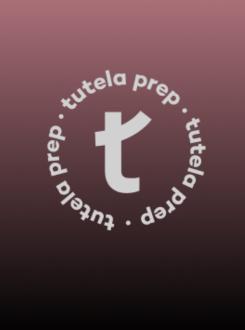
Tanishi
SAT: 1550 / 1600

Vir Shrinagesh
SAT: 1550 / 1600
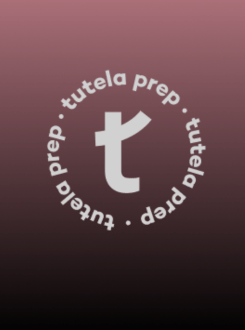
Audrey Moche
SAT: 1550 / 1600
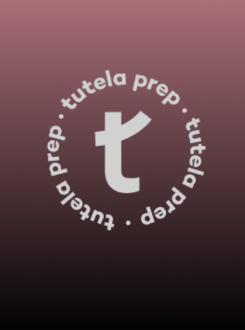
Saachi Chhaparwal
SAT: 1550 / 1600
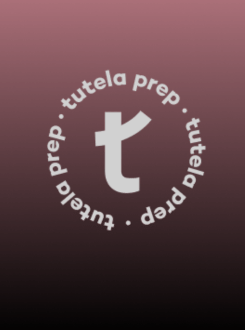
Sanghyun Mo
SAT: 1550 / 1600
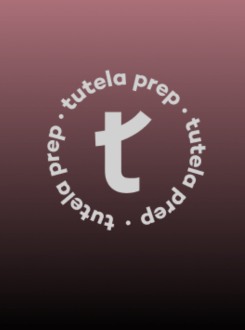
Siddharth Jain
SAT: 1550 / 1600

Vaibhav Krishan Goel
SAT: 1550 / 1600

Sayesha Saxena
SAT: 1550 / 1600

Rohan Patel
SAT: 1550 / 1600
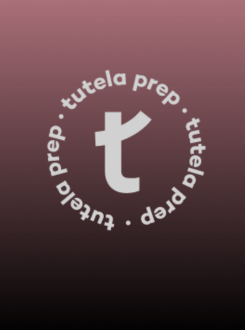
Kabir Bahl
SAT: 1550 / 1600
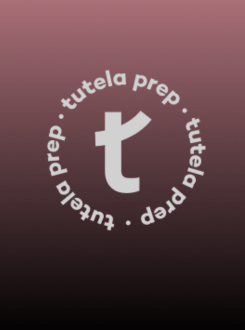
Aisha Abraham
SAT: 1550 / 1600

Ahaan Chopra
SAT: 1550 / 1600
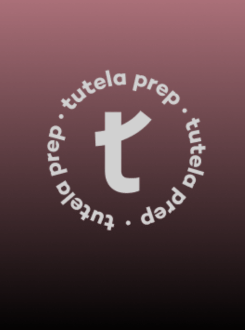
Svanik Garg
SAT: 1550 / 1600
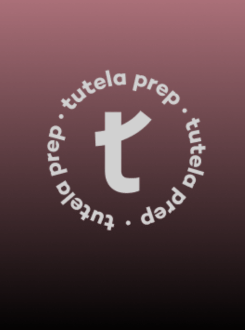
Sanna Patel
SAT: 1550 / 1600

Pia Geismar
SAT: 1550 / 1600
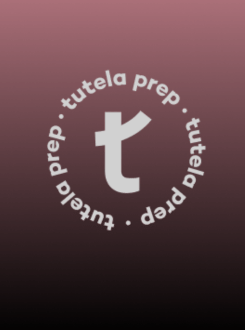
Saanvi Agarwal
SAT: 1550 / 1600

Ishan Kanade
SAT: 1550 / 1600

Rusheen Bansal
SAT: 1550 / 1600

Avantika Khanna
SAT: 1550 / 1600

Shloka Marwah
SAT: 1550 / 1600

Varun Arora
SAT: 1550 / 1600
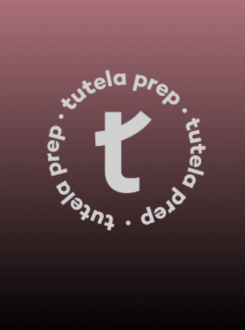
Devyansh Garg
SAT: 1550 / 1600
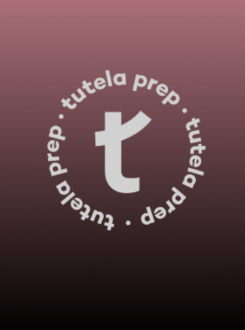
Aaryamaan Saini
SAT: 1550 / 1600

Yaj Parmeswaran
SAT: 1550 / 1600
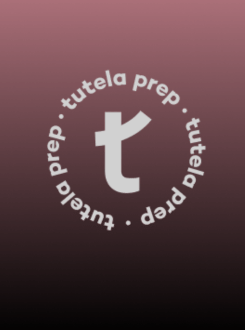
Palaash Gang
SAT: 1550 / 1600
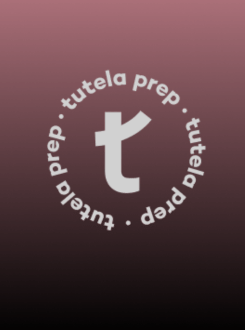
Devasya Agarwal
SAT: 1550 / 1600
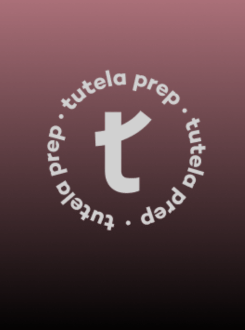
Sasha Rastogi
SAT: 1550 / 1600

Yash Yadavalli
SAT: 1550 / 1600

Nikita Dhawan
SAT: 1550 / 1600

Dahlia Lakra
SAT: 1550 / 1600
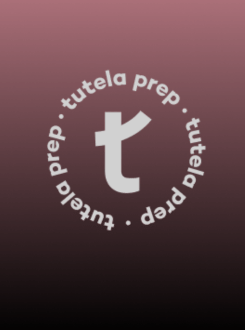
Manasi Malhotra
SAT: 1540 / 1600
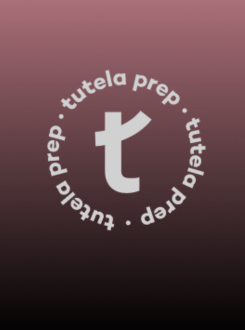
Ronak Prakash
SAT: 1540 / 1600
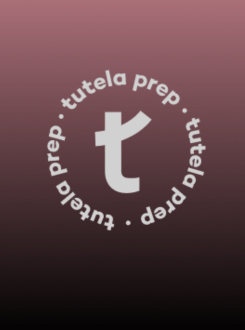
Ayaana Aggarwal
SAT: 1540 / 1600
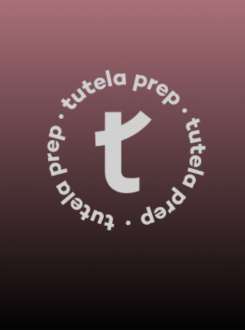
JM
SAT: 1540 / 1600
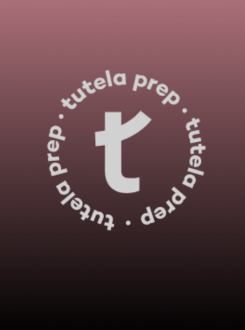
Avantika Ayushi
SAT: 1540 / 1600
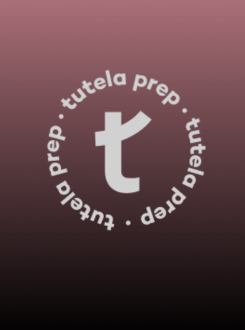
Aarush Sinha
SAT: 1540 / 1600

Agastya Gupta
SAT: 1540 / 1600
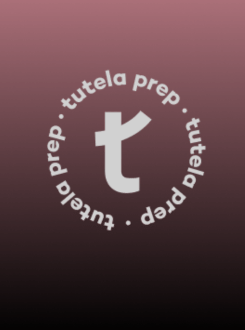
Pranay
SAT: 1540 / 1600

Rhea Ram
SAT: 1540 / 1600

Kavya Sinha
SAT: 1540 / 1600
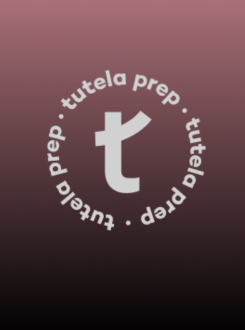
Aadi Vashishth
SAT: 1540 / 1600

Aashi Bhatt
SAT: 1540 / 1600
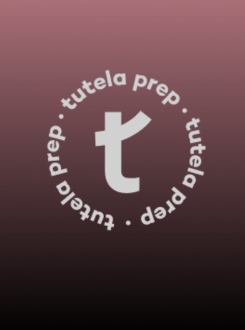
Anonymous
SAT: 1540 / 1600

Arush Nath
SAT: 1540 / 1600
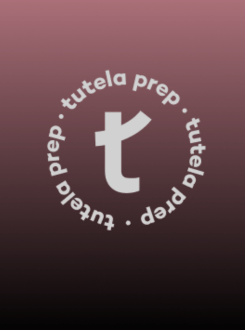
Vivaan Mohindroo
SAT: 1540 / 1600
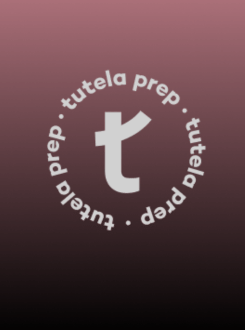
Sneh Bihani
SAT: 1540 / 1600
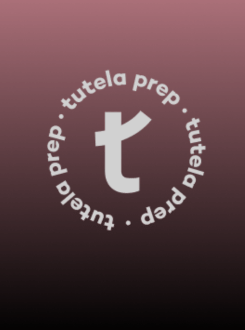
Aditya Kashyap
SAT: 1540 / 1600
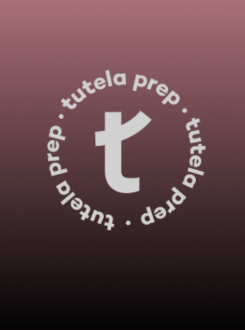
Ujjwal
SAT: 1540 / 1600
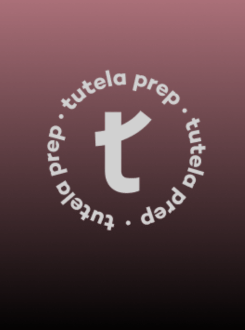
Zindagi Malhotra
SAT: 1540 / 1600

Divvyam Arora
SAT: 1540 / 1600

Anay Garodia
SAT: 1540 / 1600
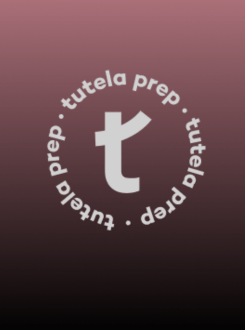
Isha Sobasariya
SAT: 1540 / 1600
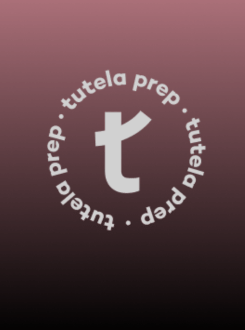
Anhad Singh Kohli
SAT: 1540 / 1600

Soham Bahadur
SAT: 1540 / 1600
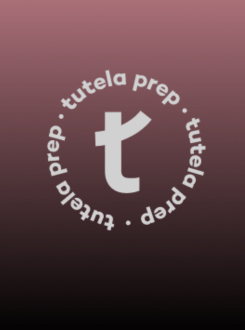
Nipun Yk
SAT: 1540 / 1600
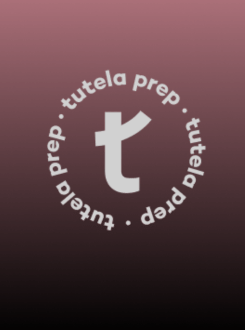
Bharat Gupta
SAT: 1540 / 1600

Kavya Rajesh
SAT: 1540 / 1600

Saahil Sanganeria
SAT: 1540 / 1600

Dhruv Kulgod
SAT: 1540 / 1600

Lyla Saigal
SAT: 1540 / 1600
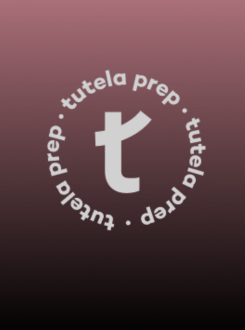
Govind Uberoy
SAT: 1540 / 1600

Krish Bansal
SAT: 1540 / 1600

Mythili Rajesh
SAT: 1540 / 1600
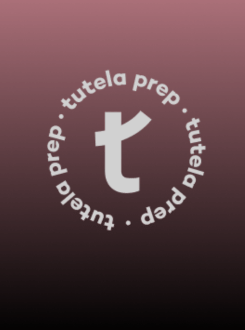
Ritvik Sharma
SAT: 1540 / 1600
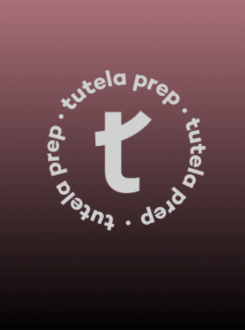
Arhan Singhal
SAT: 1540 / 1600

Adhiraj Sud
SAT: 1540 / 1600
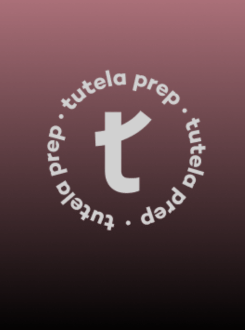
Sifti
SAT: 1530 / 1600
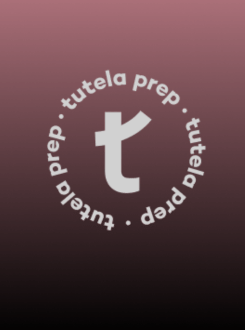
Anay Bhadoria
SAT: 1530 / 1600
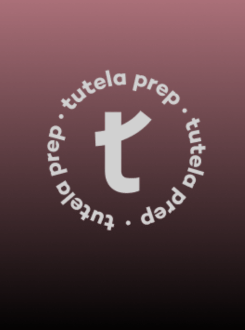
Eshani Kalra
SAT: 1530 / 1600
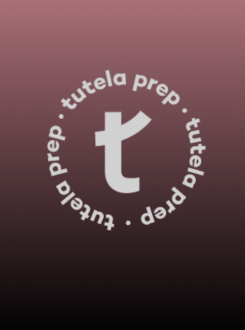
Ishan Verma
SAT: 1530 / 1600
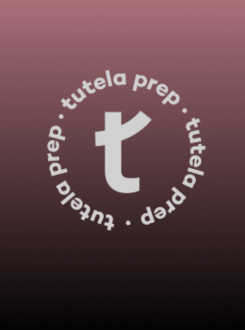
Devakinandan
SAT: 1530 / 1600
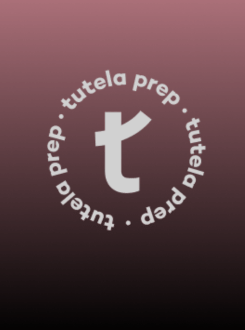
Ks
SAT: 1530 / 1600
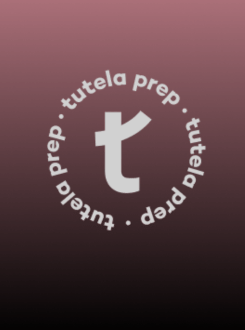
Vikunth Gupta
SAT: 1530 / 1600
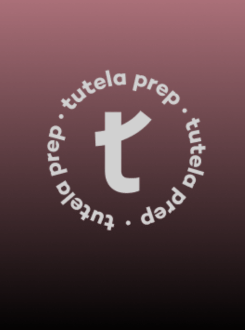
Syna Mehra
SAT: 1530 / 1600
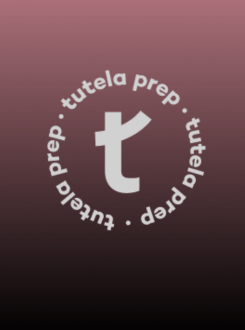
Avni Sharma
SAT: 1530 / 1600
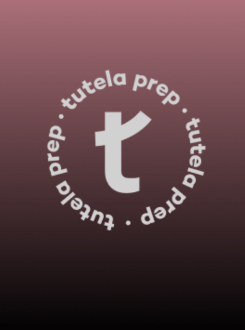
Sheetal Johri
SAT: 1530 / 1600
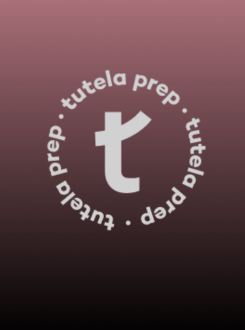
Krish Kamath
SAT: 1530 / 1600
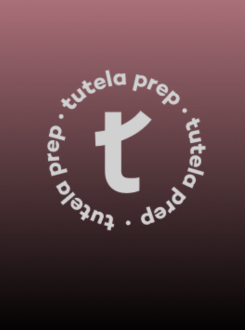
Shagun Srivastava
SAT: 1530 / 1600
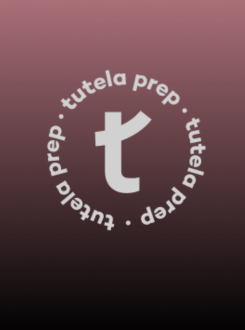
Seojin Kim
SAT: 1530 / 1600

Vivek Patel
SAT: 1530 / 1600
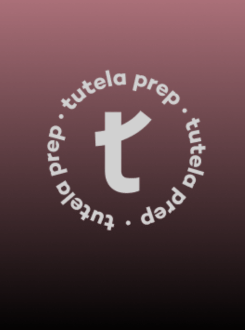
Maehir Gupta
SAT: 1530 / 1600

Arannya Roy
SAT: 1530 / 1600

Prekshaa Lohia
SAT: 1530 / 1600
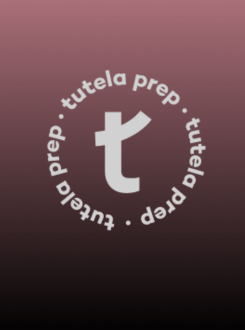
Adit Javalkar
SAT: 1530 / 1600
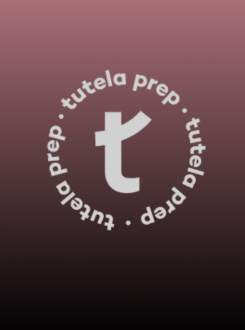
Aarav Chhabra
SAT: 1530 / 1600
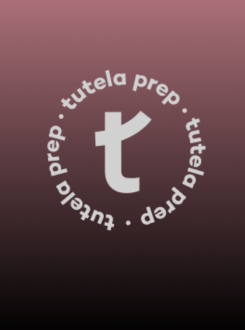
Aditya Rastogi
SAT: 1530 / 1600

Pranav Singla
SAT: 1530 / 1600
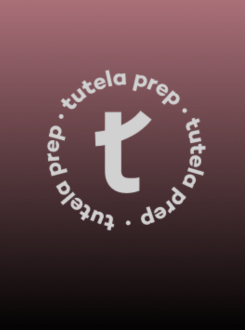
Ishaani Agarwal
SAT: 1530 / 1600

Divyata Choudhary
SAT: 1530 / 1600

Siddharth Arya
SAT: 1530 / 1600

Ishaan Kanudia
SAT: 1530 / 1600

Siyona jain
SAT: 1520 / 1600
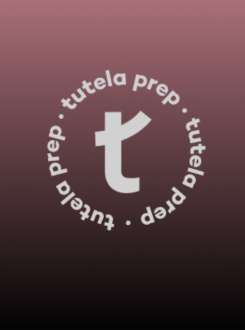
Aditya Goel
SAT: 1520 / 1600
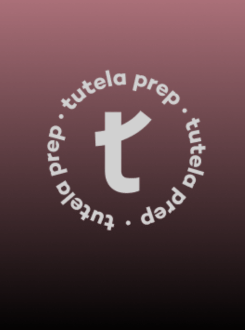
Shreyansh Kanotra
SAT: 1520 / 1600
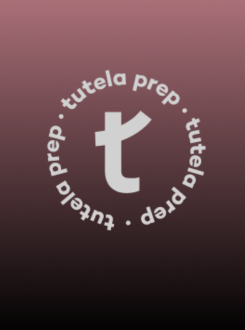
Aanya Jain
SAT: 1520 / 1600
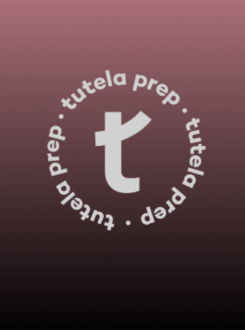
Kabir Mennon
SAT: 1520 / 1600
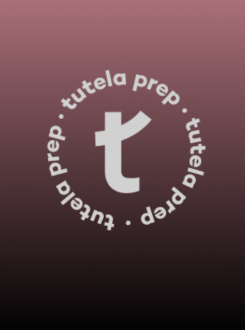
Anushka Manoj
SAT: 1520 / 1600
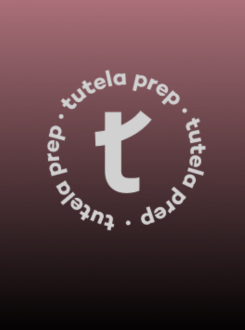
Garv Singh
SAT: 1520 / 1600

Amogh Grover
SAT: 1520 / 1600
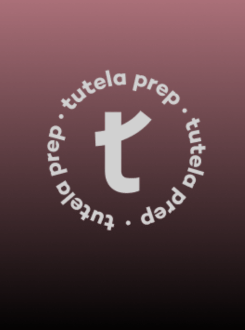
Dheera Vandini Mehndiratta
SAT: 1520 / 1600
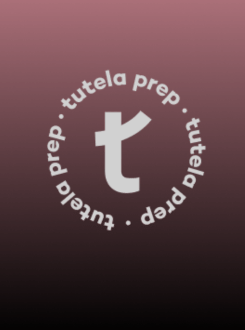
Kartikay Walia
SAT: 1520 / 1600

Akarsh Chitteneni
SAT: 1520 / 1600

Sahil Ahuja
SAT: 1520 / 1600

Taneesha Sheth
SAT: 1520 / 1600

Ishaani G Vats
SAT: 1520 / 1600

Ishaan Sen Dave
SAT: 1520 / 1600

Anusha Kabra
SAT: 1520 / 1600

Pratham Aggarwal
SAT: 1520 / 1600
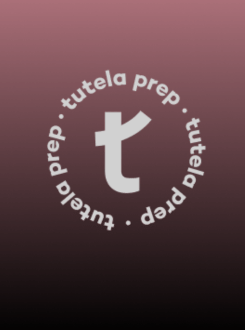
Aastha Rajani
SAT: 1520 / 1600

Shiv Kapoor
SAT: 1520 / 1600
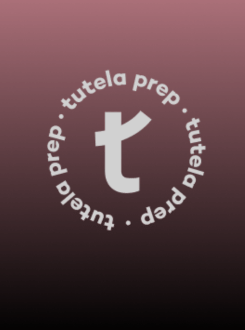
Anya Bhola
SAT: 1520 / 1600

Aniket Verma
SAT: 1520 / 1600

Ruhi Chopra
SAT: 1520 / 1600
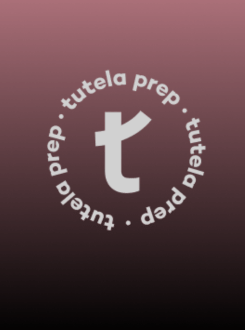
Arav Mittal
SAT: 1520 / 1600

Samarth Cham
SAT: 1520 / 1600

Rishit Aggarwal
SAT: 1520 / 1600
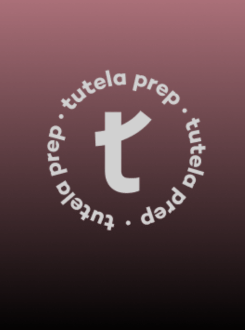
Yashasvi Saraff
SAT: 1520 / 1600

Anshveer Bindra
SAT: 1520 / 1600
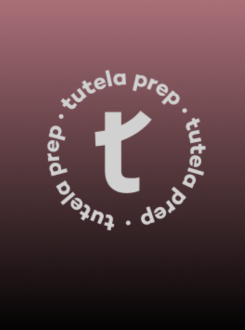
Jai Kashyap
SAT: 1520 / 1600

Prisha Singh
SAT: 1520 / 1600
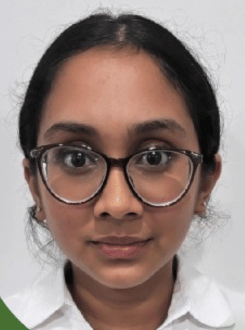
Nandini Singla
SAT: 1520 / 1600

Ishita Bhargava
SAT: 1520 / 1600
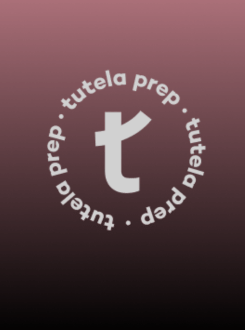
Hitarth jain
SAT: 1510 / 1600
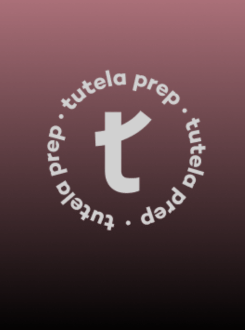
Manan Chabbra
SAT: 1510 / 1600
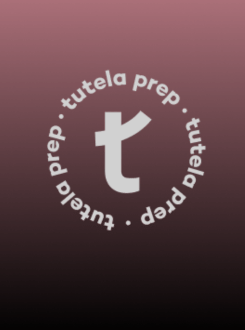
Kashvi Agarwal
SAT: 1510 / 1600
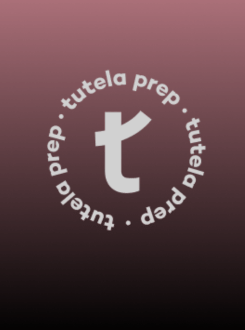
Vinayak Pachhapur
SAT: 1510 / 1600

Rianna Mahajan
SAT: 1510 / 1600
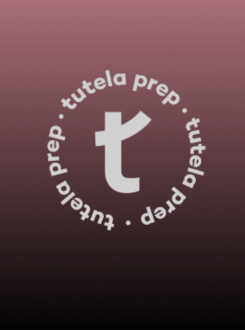
Saurish Kapur
SAT: 1510 / 1600

Girik Gupta
SAT: 1510 / 1600
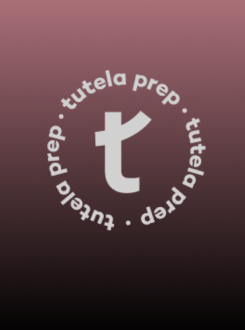
Aanya Bhayana
SAT: 1510 / 1600
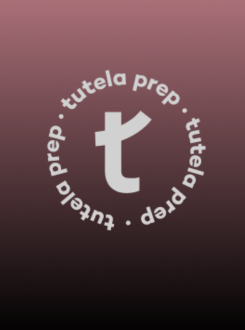
Arav Mathur
SAT: 1510 / 1600

Abhinav Chandna
SAT: 1510 / 1600
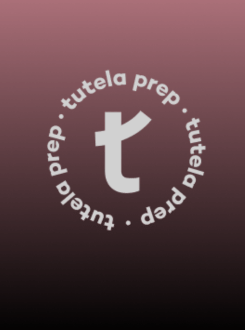
Riya Kamat
SAT: 1510 / 1600

Akshat Srivastava
SAT: 1510 / 1600
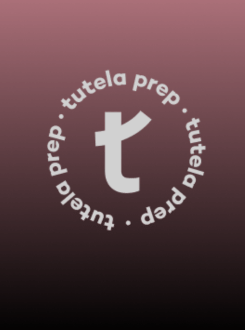
Anand Arora
SAT: 1510 / 1600

Riyana Rampal
SAT: 1510 / 1600
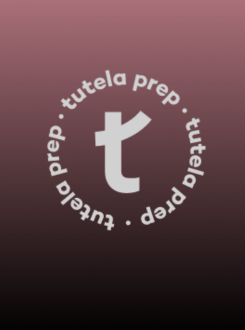
Naail Narayan
SAT: 1510 / 1600
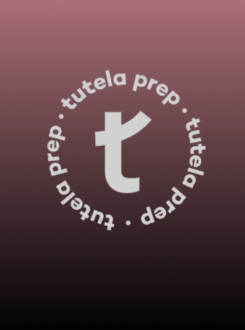
Kriish Vashishth
SAT: 1510 / 1600

Tvisha Singhal
SAT: 1510 / 1600

Sohum Bajaj
SAT: 1510 / 1600

Sanskriti Kohli
SAT: 1510 / 1600
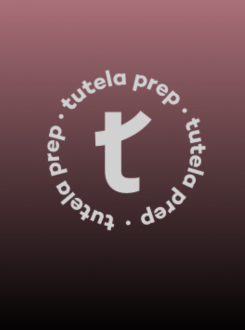
Coral
SAT: 1510 / 1600
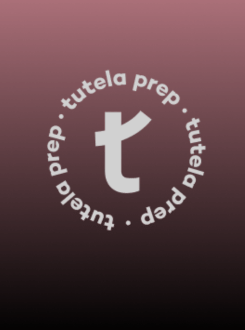
Ridit Aggarwal
SAT: 1510 / 1600

Madhav Bhalla
SAT: 1510 / 1600
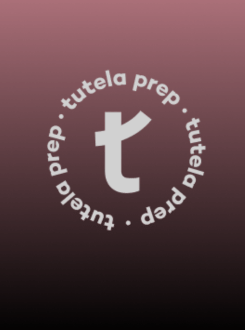
Ark Tiwari
SAT: 1510 / 1600

Avishi Khar
SAT: 1510 / 1600

Pranjal Singh
SAT: 1510 / 1600

Anirudh Krishna
SAT: 1510 / 1600
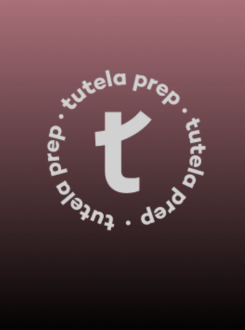
Shaurya Katyal
SAT: 1500 / 1600
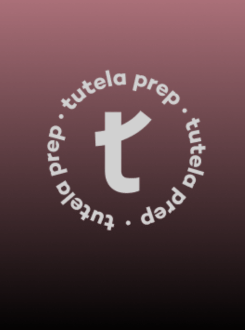
Vibhav Binani
SAT: 1500 / 1600
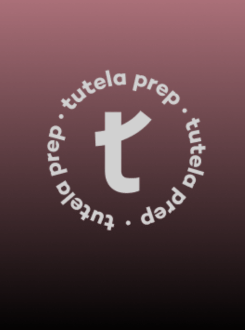
Raghav Kaushal
SAT: 1500 / 1600
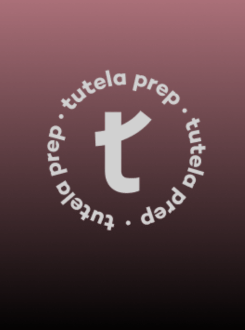
Chaitanya
SAT: 1500 / 1600
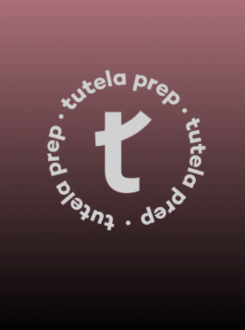
Manasi
SAT: 1500 / 1600
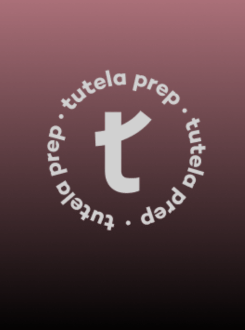
Harshita Gupta
SAT: 1500 / 1600

Isha Saxena
SAT: 1500 / 1600
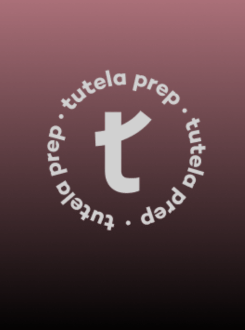
Tanish Yadav
SAT: 1500 / 1600
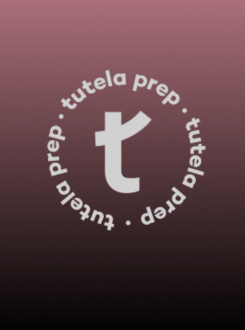
Sasha Gerin
SAT: 1500 / 1600
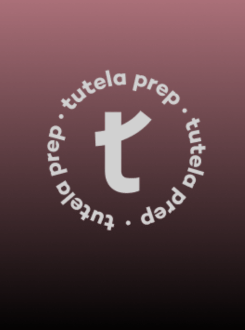
Sarthak Goyal
SAT: 1500 / 1600
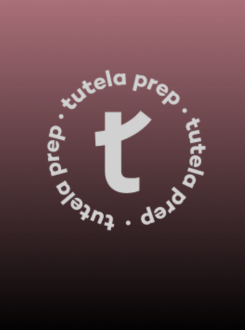
Aryan Bajoria
SAT: 1500 / 1600
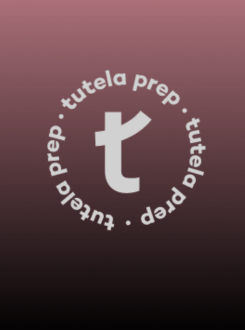
Kierat Singh
SAT: 1500 / 1600

Aarshiya Agarwal
SAT: 1500 / 1600
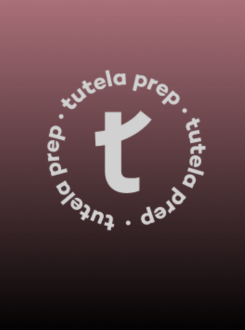
Gahyeon Park
SAT: 1500 / 1600
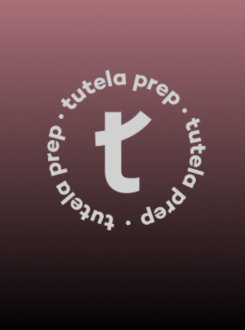
Seher Dhillon
SAT: 1500 / 1600
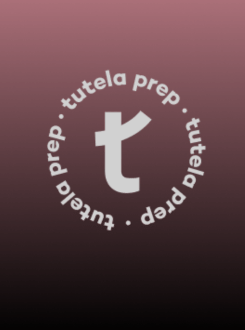
Aadya Gupta
SAT: 1500 / 1600

Ariya Nahata
SAT: 1500 / 1600
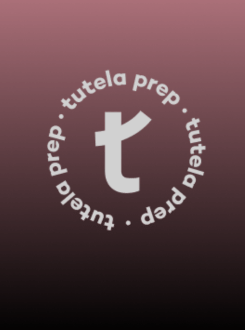
Madhav Bahl
SAT: 1500 / 1600
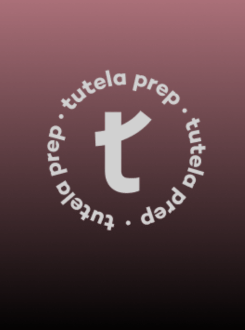
Devansh Agarwal
SAT: 1500 / 1600
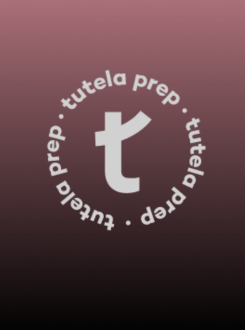
Abhimanyu Chauhan
SAT: 1500 / 1600
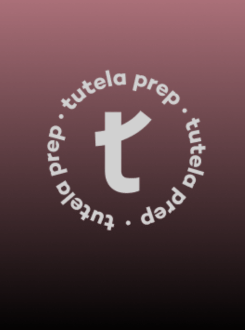
Krishiv Malhotra
SAT: 1500 / 1600

Aasvi Negi
SAT: 1500 / 1600
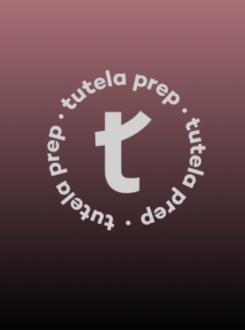
Sara Yadav
SAT: 1500 / 1600
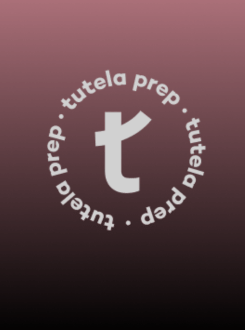
Manavi Nakra
SAT: 1500 / 1600

Ruhani Nag
SAT: 1500 / 1600

Venyaa Yadav
SAT: 1500 / 1600
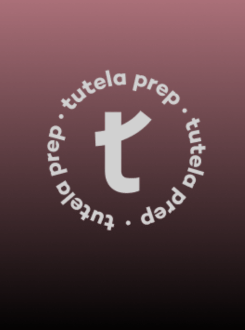
Maya Joshi
SAT: 1500 / 1600

Arshnoor Bhutani
SAT: 1500 / 1600

Aanya Aggarwal
SAT: 1500 / 1600
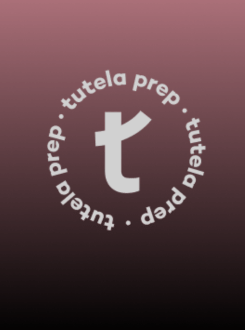
Shaurya Khurana
SAT: 1500 / 1600
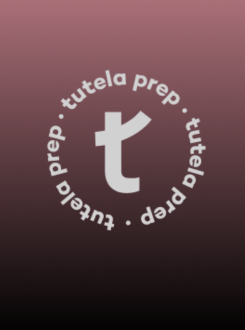
Akshal Dhal
SAT: 1500 / 1600

Varun Chowdhary
SAT: 1500 / 1600

Arki Walia
SAT: 1500 / 1600
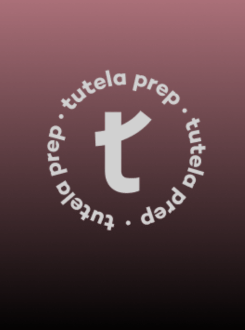
Idhant Kumar
SAT: 1500 / 1600
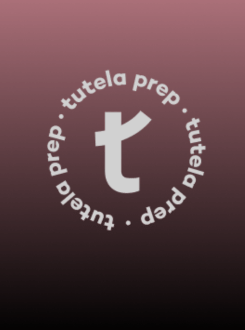
Ditya Agarwal
SAT: 1500 / 1600

Kaavya Indrayan
SAT: 1500 / 1600
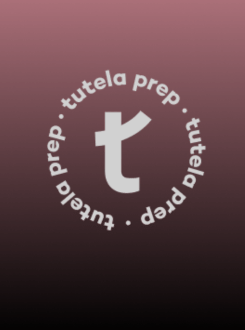
Ishaan Singh
SAT: 1500 / 1600

Poorna Tewari
SAT: 1500 / 1600

Aditya Singh
SAT: 1500 / 1600
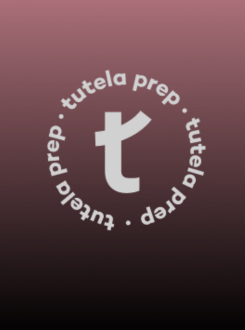
Aishani Das
SAT: 1500 / 1600
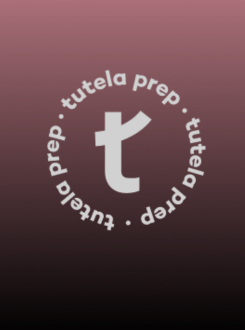
Vaibhav Jasti
SAT: 1500 / 1600
Mini DSAT Diagnostic Test helps students kickstart their SAT preparation, identify their strengths, and focus on areas that will impact their scores most.
SAT Diagnostic Test is an invaluable tool for students preparing for the SAT exam. Based on the actual SAT exam, our test provides students with an accurate assessment of their current level of preparedness and identifies their strengths and weaknesses in the areas covered by the exam.
This online Diagnostic Test helps you understand which standardized test is the best for you.
| Subject | Test Date | Registration Deadline | Deadline for Changes, Regular Cancellation, and Late Registration** |
|---|---|---|---|
| SAT Test 2026 | Mar 14, 2026 | Feb 27, 2026 | Mar 03, 2026 |
| SAT Test 2026 | May 02, 2026 | Apr 17, 2026 | Apr 21, 2026 |
| SAT Test 2026 | Jun 06, 2026 | May 22, 2026 | May 26, 2026 |
Tutela delivers hyper-personalized, one-on-one digital SAT coaching that consistently produces score jumps of 200-540 points. With expert tutors, 50,000+ practice questions, 10-15 full-length mock tests with detailed reviews, and real-time progress tracking on Tutela Connect, we help students reach 1400-1500+ scores and gain admission to Ivy League and top-tier US universities.
Every student starts with a full-length diagnostic test. We then build a custom roadmap covering Reading & Writing, Math, test-taking strategies, and stamina building. The program runs 3-6 months and is structured to prepare students perfectly for two official SAT attempts, giving them the best possible superscore.
Most students begin in the spring or summer after 10th grade (sophomore year) or early 11th grade (junior year). Starting early allows time for meaningful improvement and multiple test attempts before college applications are due.
Yes, every session is private one-on-one (or max 4-student small groups at our centers). Lessons, homework, and mock reviews are tailored daily to your child’s strengths, weaknesses, pace, and target score.
92% of Tutela students improve their SAT score by 200-540 points. Many break 1500+ and earn acceptances to Stanford, Harvard, MIT, and other top schools. Results are driven by data-backed teaching and constant mentor feedback.
Our entire curriculum is 100% updated for the Digital SAT (adaptive modules, shorter passages, built-in Desmos graphing calculator, etc.). Students practice exclusively on the official Bluebook platform and our own adaptive question bank so test day feels familiar.
Unlimited access to 50,000+ high-quality questions, 10-15 proctored full-length mocks, hundreds of sectional tests, and detailed performance analytics. Every mock is followed by a one-on-one review session with an expert tutor.
Very. You receive monthly progress reports, AI-powered analytics dashboards, and 3-4 parent-teacher meetings. Tutela Connect lets you track attendance, scores, homework, and upcoming sessions in real time.
We offer a 14-day, no-questions-asked full refund period from the date of enrollment. After that, unused sessions can be refunded on a pro-rata basis. Our goal is for every family to feel 100% confident and supported.
Note: The first few questions are intentionally phrased from a parent’s perspective (“my child”, “we”) because, in the US market, parents research, pay, and decide on premium SAT prep. Speaking directly to them (“my child,” “we expect”) builds trust and drives faster conversions. That’s why top programs, such as The Princeton Review and Kaplan, also use parent-centric language. It works.
Turning journeys into stories that inspire us every day
Working with tutela over the last year has been absolutely amazing, they were extremely meticulous, gentle and adapting throughout my ACT prep. They helped develop strategies, work on identifying key problem areas and took an in-Depth tailored approach with every aspect of my preparation. Would highly recommend them to everyone! Read More

The Shri Ram School, Aravali, Haryana, India
I took the SAT classes as well as SAT Subject Test Math Level 2 classes from Tutela. The approach and the method of teaching, which includes giving practice tests so that the actual test becomes easy for you, is pretty good and definitely helps the student score well in the exams Read More

Delhi Public School, RK Puram, New Delhi, India
I've had an incredible experience at Tutela. Tutela teachers have always been outstanding at their jobs and very supportive, whether it be for the SAT or the AP exams. Tutors are available whenever you need them, and Tutela's numerous materials, classes, and tests are the most beneficial for students. It is the best platform for learning and achieving the goals you have set. Read More

Amity International School, India
I’m currently an incoming freshman at UC Berkeley (Class of 2025), and I took AP Statistics and AP Calculus BC classes at Tutela. I highly recommend Tutela’s classes for the AP exams — my personal experience with them has been unmatched. My mentors went even beyond the extra mile to help me with as many extra classes and hours that I needed so that I could excel in my exams. My AP performance helped me get ahead with Math, Stats, and Quantitative Reasoning class requirements at college and I’m very grateful to Tutela for helping me achieve my desired scores! Read More

La Martiniere for Boys, Kolkata, India
Anyone who's looking for SAT or AP coaching classes, Tutela is definitely the right place. Tutela helped me upgrade my SAT score by 190 points. Shoutout to Avichal sir and Sanskriti mam who supported me through my SAT journey. My AP classes were phenomenal and really fun with new skills to gain in every class. Special shoutout to Ishita mam and Om sir for having such fun and interesting classes and making tough concepts seem so easy. Tutela was definitely the right choice for me. Read More

National Public School, Gurugram, India
I went to tutela for my Sat and AP coaching and it was phenomenal. From the method of teaching to testing cycles the curriculum was structured extremely well and the mentors were always willing to solve doubts and were extremely supportive. Would highly recommend to anyone for their test prep! Read More

The Shri Ram School, Aravali, Haryana, India
Learning at Tutela was a great experience! With their help I was able to learn everything in a simple and organized manner and with the use of their resources such as practice tests I was able to get the score I wanted in my ACT. Their teachers know exactly how to help and support you throughout the learning process. Overall Tutela is a great centre. Read More

The Shri Ram School, Aravali, Haryana, India
Understanding a few sections in Science was very challenging initially. But with classroom practice, I was able to overcome those challenges. Tutela's Online Practice Tests were very helpful as I took 15-20 tests before my exam as the software was very similar to the actual ACT. This made sure I was not flustered during the test. Read More

The Shri Ram School, Aravali, Haryana, India
Tutela is one of the best centers for test prep in India. Despite the pandemic and the classes online, the teachers at Tutela ensured that classes were interesting and engaging. I only prepped with them for one exam, AP Calculus, but they were prompt and generous in providing me with practice tests for the other APs I was self-prepping for. Tutela is a great institution for education; I would highly recommend it to any student wishing to score well on any college exam they are taking. Read More

Sanskriti School
Tutela has the most helpful, approachable, and resourceful teachers! There're wonderfully talented at their respective subjects and great at calming down all pre-exam stresses. I would highly recommend it to all standardized test-takers. Even during the lockdown, all classes were really effective! Read More

The Shri Ram School, Aravali, Haryana, India
I've taken 4 AP classes and SAT prep with Tutela and I can confidently say it has been the best test prep experience that I've had. The faculty is exceptional since they are super knowledgable, approachable and I felt that they took literally every step to ensure I did well. They help throughout the duration of the course, even outside class times and as a student it alleviates so much stress. Tutela's resources are the best. There's no shortage of exam-level problem sets, and the team curates the best, most relevant questions to practice with- helping ensure that I was fully confident and not overwhelmed on test day. The mock exams were so accurate in reflecting the real test format and difficulty, and the review sessions and study strategies helped bridge every gap between where I was and my dream score. It was because of them that a hard test on exam day didnt leave me panicked. The pacing of the classes was perfect, I never felt rushed or disengaged. Concepts were taught with both depth and clarity and made me have a strong foundation of the subject. Over the past two years, I’ve grown tremendously through my experience at Tutela, and hence plan to rely solely on them for any future standardized test preparation. I can never thank Zeba ma'am, Manu sir, Akash sir, Himanshi ma'am, Samriddhi ma'am and Ashi ma'am enough Read More

DriveChange Learning & Resource Centre, Maharashtra, India
I highly recommend this coaching center. They had an extremely detailed and well-structured approach for my test preparation. Not only that, the teachers were very welcoming and comfortable to talk to. They would always arrange an extra class for coverups, doubt sessions whenever needed. Thanks to the entire team, I obtained my dream sat score. I enjoyed the entire experience (which is surprising to say for a tuition center?). Loved it! Read More

Delhi Public School, Gurgaon, Haryana, India